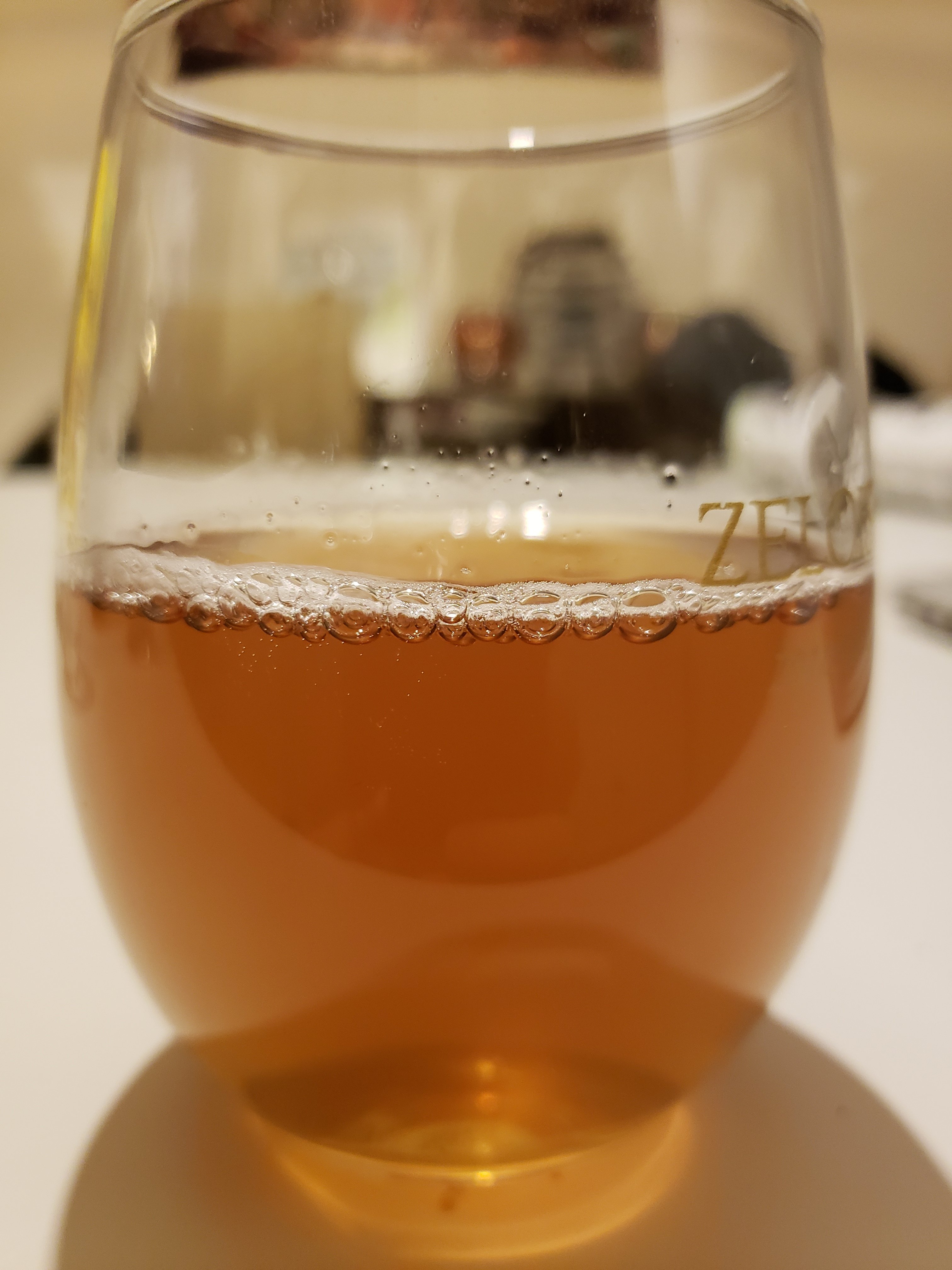Hi there, I am fairly new to homebrewing and this my first post here.
I recently brewed a Hazy IPA which was a complete bust. I was hoping to get some feedback to figure out what I did wrong.
The beer right before bottling was a beautiful super hazy hoppy IPA that tasted like orange zest and dank pineapple with a hint of vanilla. At which point after we bottled everything went horribly wrong. The beer was not carbonated and didn't bottle ferment at all. It got darker and the weirdest part is the beer became completely clarified and looks almost filtered. The taste became overly sweet (probably the priming sugar that didn't ferment) and lacked the hop character that it had before.
It seems the yeast completely floculated and absorbed all the haze with it because there is thick grey sludge at the bottom of every bottle.
I used a local yeast strain Le Labo Brume Londonienne.
Temp 17 - 23°C
Attenuation 71-75%
Floculation HIGH
We left the bottles in the dark at 24°C.
Did I put in the priming sugar too hot? I boiled the water with the sugar then put it pretty much right in.
Attached is a photo of the final pour.
Any thoughts or theories would be greatly appreciated.

I recently brewed a Hazy IPA which was a complete bust. I was hoping to get some feedback to figure out what I did wrong.
The beer right before bottling was a beautiful super hazy hoppy IPA that tasted like orange zest and dank pineapple with a hint of vanilla. At which point after we bottled everything went horribly wrong. The beer was not carbonated and didn't bottle ferment at all. It got darker and the weirdest part is the beer became completely clarified and looks almost filtered. The taste became overly sweet (probably the priming sugar that didn't ferment) and lacked the hop character that it had before.
It seems the yeast completely floculated and absorbed all the haze with it because there is thick grey sludge at the bottom of every bottle.
I used a local yeast strain Le Labo Brume Londonienne.
Temp 17 - 23°C
Attenuation 71-75%
Floculation HIGH
We left the bottles in the dark at 24°C.
Did I put in the priming sugar too hot? I boiled the water with the sugar then put it pretty much right in.
Attached is a photo of the final pour.
Any thoughts or theories would be greatly appreciated.





![Craft A Brew - Safale S-04 Dry Yeast - Fermentis - English Ale Dry Yeast - For English and American Ales and Hard Apple Ciders - Ingredients for Home Brewing - Beer Making Supplies - [1 Pack]](https://m.media-amazon.com/images/I/41fVGNh6JfL._SL500_.jpg)





















































